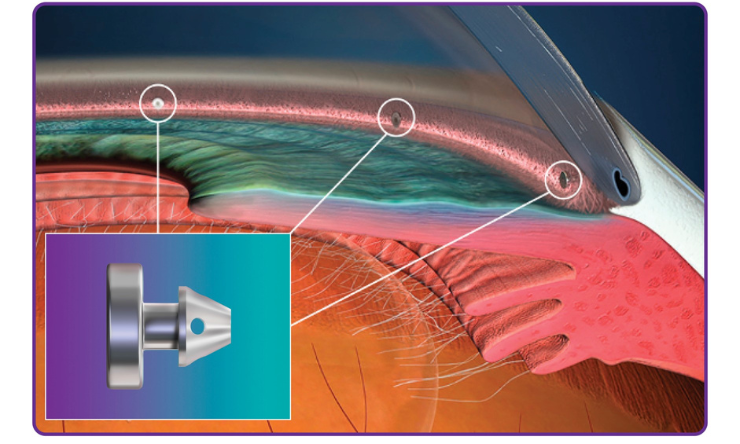Share
Australian research comparing Carl Zeiss’ SITA-Standard and SITA-Faster algorithms has concluded the latter saves time and is just as accurate when testing glaucoma patients, despite producing a higher rate of false-positive results.

New research by Sydney-based Centre For Eye Health’s (CfEH) lead clinician of glaucoma Dr Jack Phu has compared the performance of the algorithms when conducting visual fields using the Humphrey Field Analyser perimetry device.
The research, recently published in the American Journal of Ophthalmology, tested the claim that the new SITA-Faster, an updated version of the SITA family of threshold-estimating paradigms, had been shown to reduce testing time by approximately 50% compared with SITA-Standard.
In the first independent, large clinical study of its kind, Phu and co-authors Dr Sieu Khuu, Dr Ashish Agar and Professor Michael Kalloniatis examined results from a group of 364 patients comprising 77 normal subjects, 178 glaucoma suspects, and 109 glaucoma patients.
They found SITA-Faster had a greater rate of unreliable results (29.3%) compared with SITA-Standard (7.7%). This was mainly due to a higher rate of false-positives and seeding point errors.
However, despite this, modelled test times showed using SITA-Faster could still obtain a greater number of reliable results faster, while maintaining effectively identical key visual field indices, including mean deviation, pattern standard deviation and pointwise analysis.
“The anecdotal evidence was already there, but now we have formalised that with this research”
Dr Jack Phu, CfEH
“The anecdotal evidence was already there, but now we have formalised that with this research. We have shown the unreliability rates are different and the cause of that unreliability is also matching with our original hypothesis,” Phu told Insight.
“As a result of this study, we have now moved all of our visual field testing at the CfEH to SITA-Faster.”
Phu said for several years clinicians had struggled to fit a large number of visual field tests into their clinical flow, with barriers including time and patient cooperation frequently. This research is said to provide evidence that a faster testing algorithm can help overcome these issues in clinical practice and address a true clinical need in eyecare.
“What this has also enabled us to do at the CfEH is frontload – or increase – the frequency and number of visual field tests performed on each patient to comply with prevailing research showing that many tests are required to effectively detect cases of glaucoma and its progression,” Phu said.
“For example, at the CfEH, we are now able to easily do three or four visual fields tests per patient before they are seen in our Glaucoma Management Clinic, in order for us to have a confident diagnosis of glaucoma or progression, rather than relying on the traditional one or two results.”
As the first independent study on SITA-Faster, the researchers have also highlighted key, practical strategies for clinicians to ensure that the results remain reliable and clinically useful in their practice.
Phu said clinicians should emphasise to their patients that attention needs to be paid during the initial 30 seconds of test initialisation and be aware that the stimuli will be presented faster than what they may be used to.
Overall, the researchers highlight that the modifications to SITA-Faster, at this point in time, offer significant time-saving advantages over SITA-Standard and that its implementation in clinical practice could potentially help to identify more patients with glaucoma.


